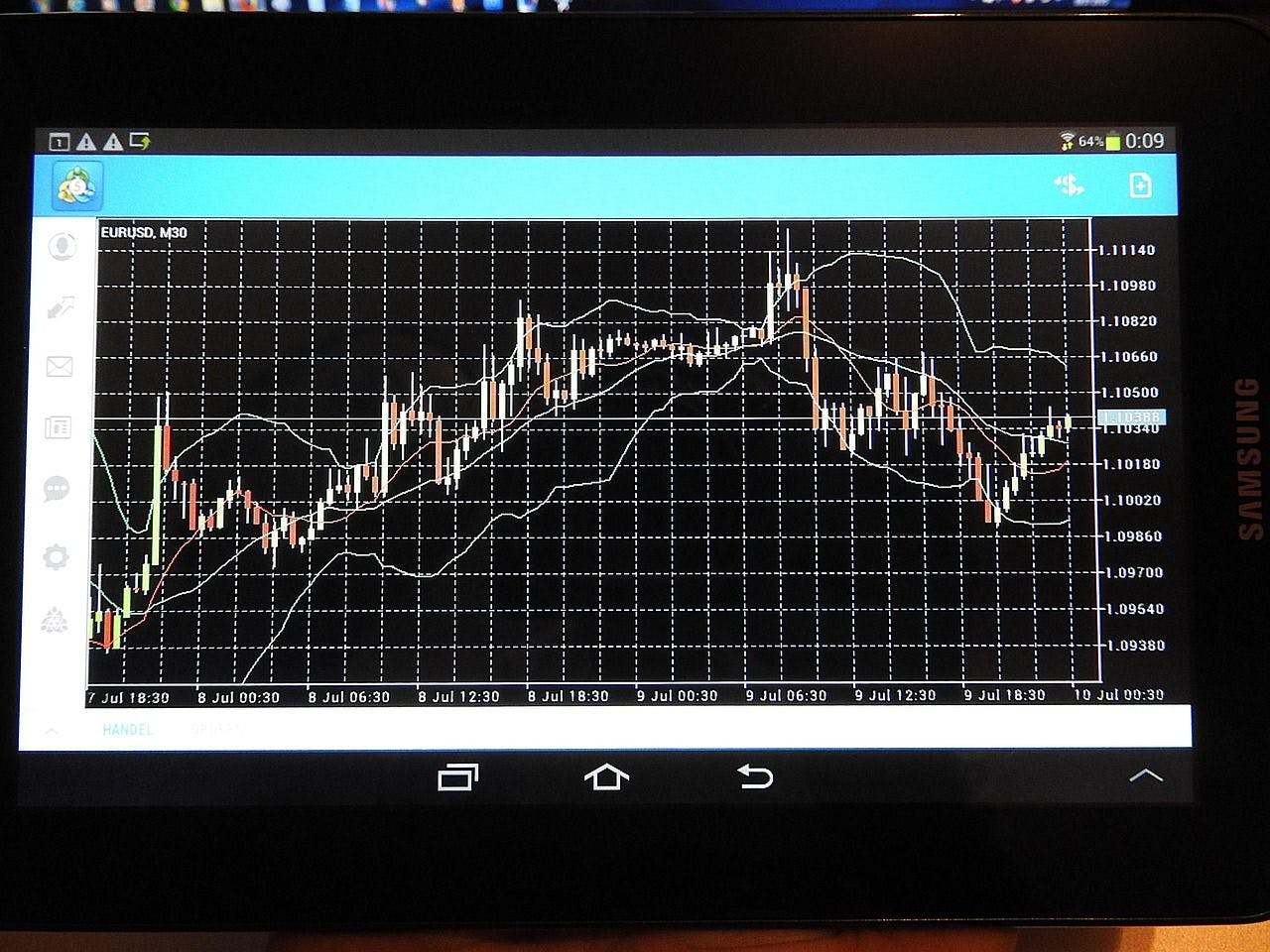It’s been more than 50 years since astronauts last went to the moon, and yet few NASA missions stir the kind of excitement that the Apollo program once did. But now, NASA has new moon plans. The upcoming Artemis II mission, scheduled for February, will be the closest humanity has come to the moon since the Apollo 17 mission in 1972. And it’ll be setting the stage for another moon landing.
Don’t miss any of our unbiased tech content and lab-based reviews. Add as a preferred Google source.
On Tuesday, NASA announced details of the upcoming mission, which will send four astronauts around the moon and back again.
Artemis II: The Plan
The Artemis II launch window opens Feb. 5, 2026, and lasts up to eight days. That means the mission will launch on Feb. 5 at the earliest and Feb. 13 at the latest.
Commander Reid Wiseman, pilot Victor Glover, and mission specialists Christina Koch and Jeremy Hansen will crew Artemis II. Wiseman, Glover and Koch are all Americans, and Hansen will be the first Canadian to ever travel to the moon.
NASA will use the same systems it did during the uncrewed Artemis I flight test back in 2022. The launch will use NASA’s Space Launch System rocket, which was developed by Aerojet Rocketdyne, Boeing, Northrop Grumman, and the United Launch Alliance.
After launch, the Orion spacecraft will perform a series of maneuvers to raise its orbit around Earth. NASA says that Orion will be 46,000 miles away from Earth during this time. For reference, the International Space Station orbits at around 250 miles above our planet.
The Artemis II will be a 10-day mission that launches, circles the moon, and then comes back.
Orion will orbit Earth twice before separating from the upper stage of the Space Launch System rocket. From there, manual controls will be engaged and the crew will be on its way to the moon. After a few days, the crew will overshoot the moon by about 4,700 miles, giving the crew a rare glimpse of the Earth and the moon at the same time, with the moon in the foreground.
After the overshoot, the crew will begin its return home. NASA refers to this as a free ride, as the crew essentially just has to wait for gravity to pull Orion back to Earth. The trip will take 10 days in total.
We’ll have to wait until 2027 for a moon landing
By the time the Artemis II crew circles the moon, it will have been 54 years since NASA’s final Apollo mission sent astronauts to the moon in December 1972.
During that 12-day mission, the Apollo 17 crew landed on the moon, collected space rocks, and investigated potential volcanic activity. The mission was famous for being the first to include a civilian scientist, geologist Harrison Schmitt.
The Artemis II crew will come closer to the moon than any human has since the Apollo 17 mission, but they won’t land on the moon’s surface. Instead, they will fly around it.
The Artemis II mission serves as a test flight to see how well the Space Launch System rocket and Orion perform. The mission will also test and observe the spacecraft to ensure it works as expected. Think of Artemis II as a dress rehearsal for a follow-up mission, Artemis III, which will include a crewed moon landing.
Artemis III is planned for 2027. If it stays on schedule, that’s the mission that will put humans back on the moon for the first time in 55 years. The crew plans to touch down in one of 13 planned landing sites, including the previously untouched south pole of the moon.










